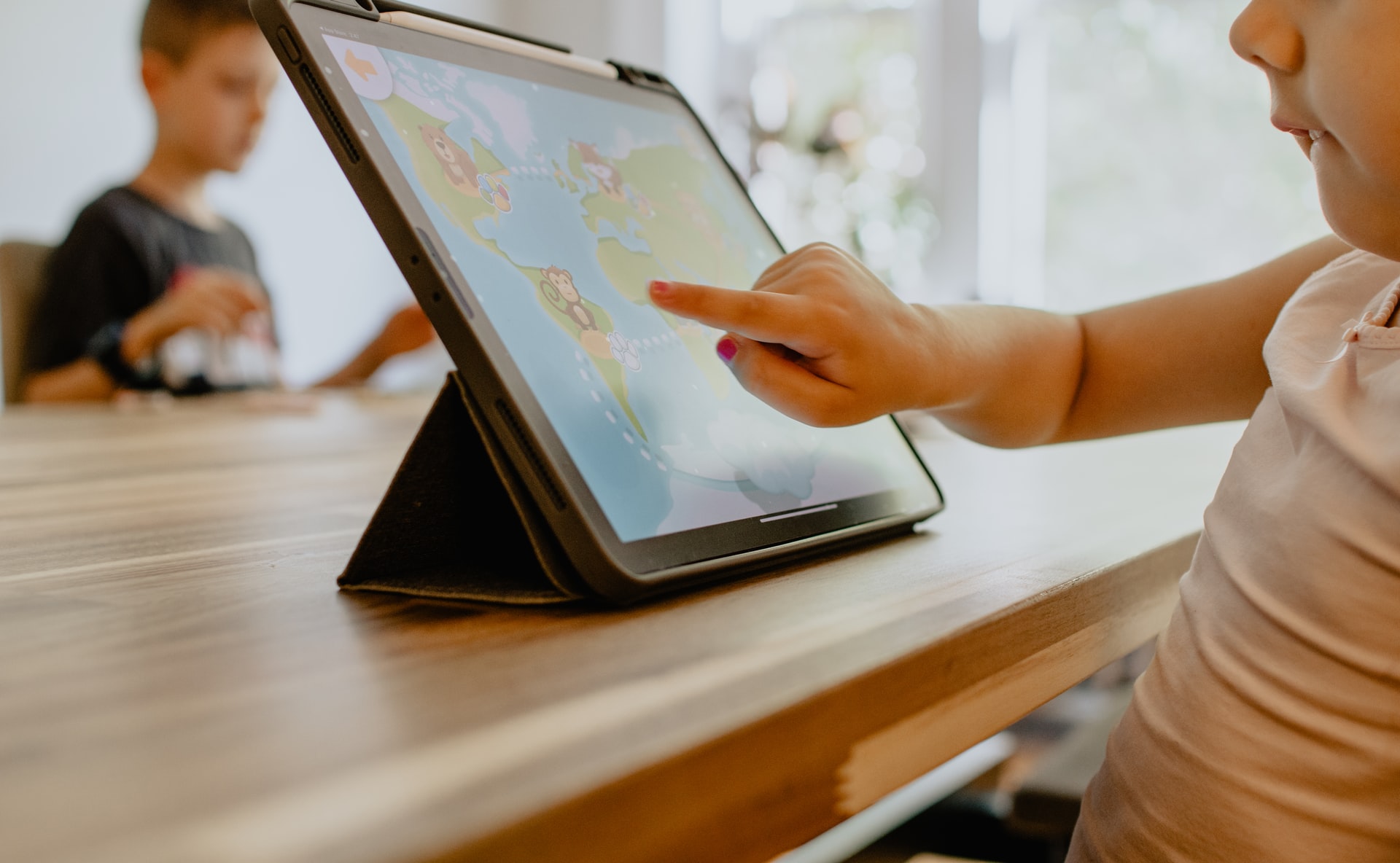Are you looking for strategies to teach students to take care of other people’s property? If so, keep reading.
1. Praise the student for demonstrating appropriate care and handling of others’ property: (a) give the student a concrete reward (e.g., privileges such as leading the line, handing out learning materials, 10 minutes of free time, etc.) or (b) give the student an informal reward (e.g., praise, handshake, smile, etc.).
2. Converse with the student to explain (a) what they are doing wrong (e.g., losing property, destroying property, etc.) and (b) what they must be doing (e.g., putting property away, returning property, etc.).
3. Create classroom rules: • Complete every assignment. • Complete assignments quietly. • Remain in your seat. • Finish tasks. • Meet task expectations. Examine rules often. Praise students for following the rules.
4. Draft an agreement with the student stipulating what behavior is required (e.g., putting property away, returning property, etc.) and which reinforcement will be implemented when the agreement has been met.
5. Praise the student for demonstrating appropriate care and handling of others’ property based on the duration of time the student can be successful. As the student shows success, slowly increase the duration of time required for reinforcement.
6. Praise those students in the classroom who demonstrate appropriate care and handling of others’ property.
7. Connect with parents (e.g., notes home, phone calls, etc.) to disseminate information about the student’s progress. The parents may reinforce the student at home for demonstrating appropriate care and handling of others’ property at school.
8. Select a peer to model appropriate care and handling of others’ property for the student.
9. Get the student to question any directions, explanations, or instructions they do not understand.
10. Give time at the beginning of each day to help the student organize the learning materials they will use throughout the day.
11. Give time at several points throughout the day to help the student organize learning materials they will use throughout the day (e.g., before school, break time, lunch, end of the day, etc.).
12. Give the student structure for all academic learning activities (e.g., specific instructions, routine (schedule) format for tasks, time units, etc.).
13. Give storage space for learning materials the student is not using.
14. Minimize distracting stimuli(e.g., place the student on the front row, give a table or quiet space away from distractions, etc.). Overstimulation may cause the student to misuse others’ property.
15. Talk regularly with the student to encourage organizational skills and appropriate use of learning materials.
16. Designate the student organizational duties in the classroom (e.g., equipment, software, learning materials, etc.).
17. Restrict the student’s access to learning materials (e.g., give only appropriate learning materials to the student).
18. Consider using a classroom management app. Click here to view a list of apps that we recommend.
19. Consider using an adaptive behavior management app. Click here to view a list of apps that we recommend.
20. Consider using Alexa to help the student learn to behave appropriately. Click here to read an article that we wrote on the subject.
21. Click here to learn about six bonus strategies for challenging problem behaviors and mastering classroom management.





